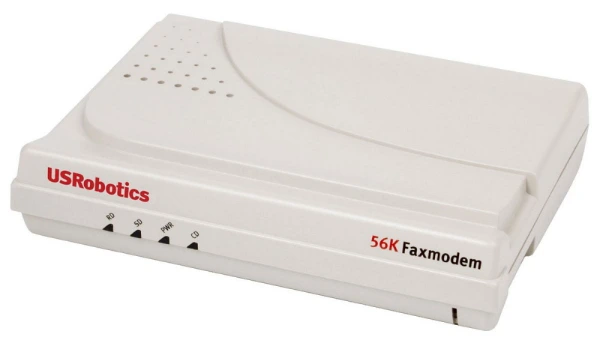Website design is evolving faster than ever, and here’s why.
In the early 90s there was no such thing as high-speed internet. Remember the sound of your modem dialling up to get a connection? Websites of the day had to be built for slow connection speeds.

In those early days of the digital wild west, it was enough for a small business to call on a programmer to cobble together a website and call it a day. The resulting websites were usually ugly pages with a few large, often brightly coloured headings. They did have ‘hyperlinks’ and other black magic however, that made everyone ooh and aah. Some even had ticker-tape messages that scrolled across the page or clever bits of code that displayed the current time and date.
Then graphic designers began to learn how to code, and everything became more about crafting our web pages look beautiful. They gave us websites with harmonious colour selections, page structure and even photographs. Always trying to outdo the Joneses, our designers even introduced such delights as sliding banners and videos. Everyone could be proud of their corporate websites. They looked gorgeous. Soon though, we realised that even though our internet connections were faster, our visitors’ patience was razor thinner. Beauty didn’t surrender though, and our proud graphic artists found ways to compress images and videos to make their websites load a little faster than their competitors’.
All was good and well for a while. Then along came the smart phone. This set the cat amongst the pigeons, because now we needed our websites to look good on more than one size of screen and everything had to load over 3G connections for those on mobile devices. All the while the complexity of websites was blossoming.
By now almost everyone had a website. Trouble was, not everyone had visitors coming to their sites.
Search engines love fast websites
Google had decreed that in order for a website to appear high up in search results it should load quickly. Very quickly! Not only that but it’s speed would be tested for mobile devices. This was because we had reached a stage where more than half of the searches done on Google were being done using cell phones.
This is where the crunch happens! Our websites are what represent us to our online audiences. They often make our first impressions for us. It makes sense that we want them to look their best. The problem is, even the best looking website in the world is worthless if nobody sees it.
Should you build your own website?
There is now a bunch of easy to use web design tools available now for us to build our own websites, if we want to. Content Management Systems (CMS) we can use at home. The downside to this newfound DIY approach to website design is that they are slow. And… nobody is explaining to the DIYer that great care needs to be taken to ensure that the end result slides off the server onto the visitors plate quickly. Quickly enough for Google to warrant placing it high enough in search results for anyone to find it.
There is however one CMS that I recommend if you are going to build your own website. That’s WordPress. For years, WordPress has been the most popular CMS available. More websites are built on the platform than any other. There are thousands of plugins available to make WordPress do what you need it too. There are also myriad themes you can use to make your website look just how you want it to. But… here’s the rub… the more plugins you add, the more you bog your website down. Choose your theme carefully too, because some of them are bulky too and slow your site right down.
What’s the good news?
There is good news though, and it comes in the form of the most recent version of WordPress. I don’t think many designers or DIYers have realised it’s potential yet. WordPress 6.3 now incorporates a “Site Editor”. This allows you to create lightweight templates for any type of post or page you want to design, without the need for a heavy, slow theme. Simply use “Twenty Tweenty Three”, the theme that comes with WordPress. It is light and fast and can easily (without any coding) be crafted into just about any design you could wish for.
I see so many positive sides to designing websites this way, that this is how I intend to build websites from now on. I am excited by what I have seen in building my first few websites in this way and look forward to creating many more.

